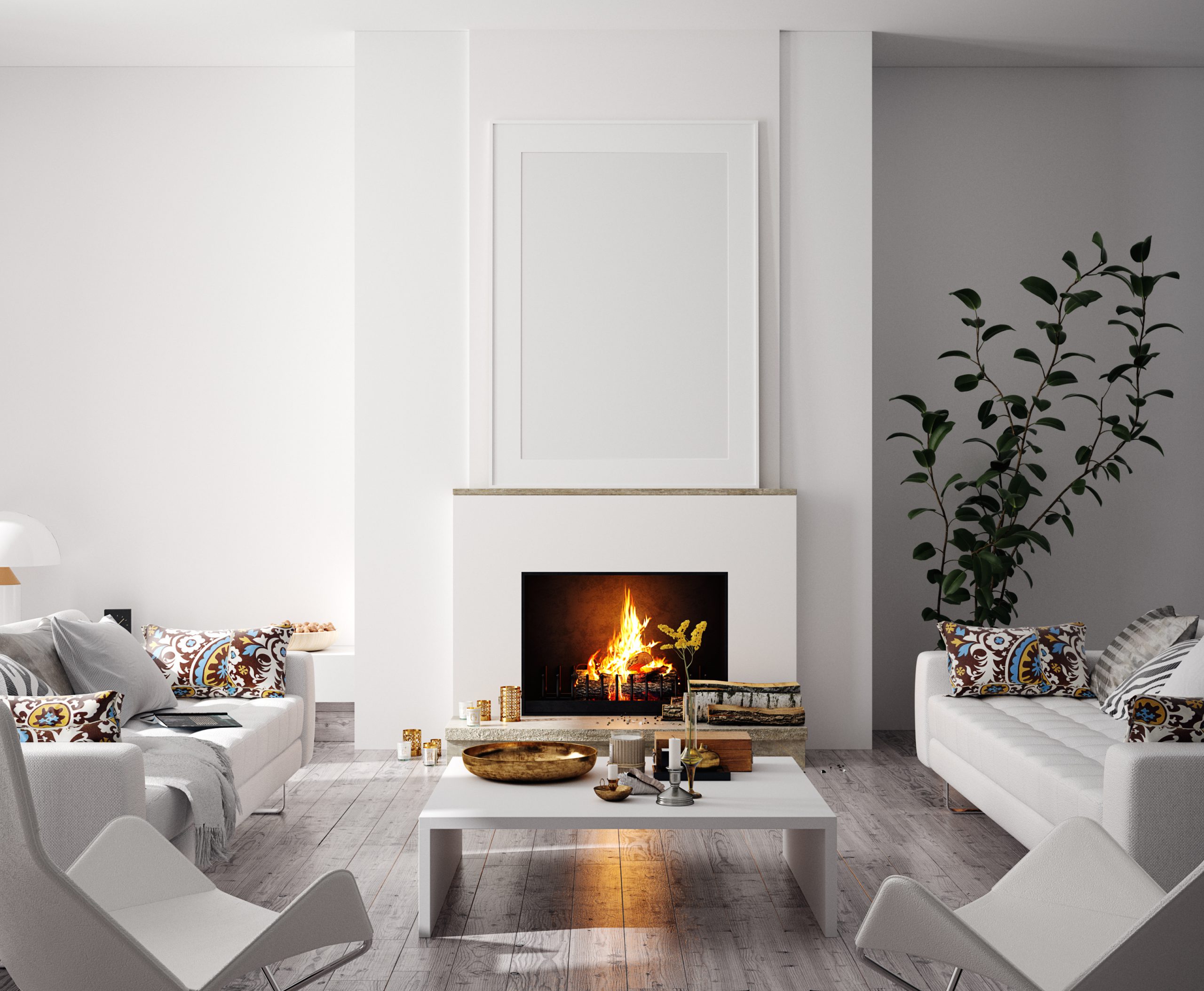
Few features warm the hearts of prospective house buyers more than a traditional or restored fireplace.
From a purchaser’s perspective, a home simply isn’t complete without a beautifully presented fireplace that retains the style of the original architecture.
Whether you have a period or modern home, a fireplace is a major contributor to achieving the best price. They’re a high-value investment when preparing a property for sale.
If you don’t have a fireplace, the time to start thinking about installing one is spring and summer — that’s when suppliers are not busy and will be able to respond quickly.
If you’re in a period home that has had its fireplaces boarded or bricked up, it’s worth investigating what it would take to restore them to their former glory.
Seek expert advice and consult your local city standards and restrictions, and whether planning permission is required.
Restored fireplaces should be faithful to the architecture. Traditionally, they vary in size according to the importance of the room.
Rooms designed to accept visitors will have a larger fireplace with marble or stone surrounds. Wood surrounds were often used only in smaller rooms or where guests were less likely to visit, such as the bedrooms.
With a modern home, consider installing a fireplace or wood heater to make it a focal point of your living area – it makes a much better impression than a TV screen!
Careful planning is essential as considerable space is required for the clearance dimensions between the flue kit and surrounding walls. This can have a dramatic impact on room size. Also, be aware flues must be vertical and clear of windows and doors to ensure fumes are expelled.
Buy your fireplace from a specialist company and use a recommended installer. Flues installed upside down, for example, are not unheard of. This causes water damage at times of rain, heavy dew and when hot air from the heater meets the cold air in the flue, which creates condensation.
Some fireplaces have been designed for aesthetic appeal only. Gas models where the flame is surrounded by gleaming pebbles behind a glass casing put out next to no heat.
If you want warmth, though, your basic fuel choices are wood, gas, electricity and ethanol. Ask about local fuel restrictions. Some counties and cities have banned wood-fired heaters to minimize smog.
Here are red-hot tips for fireplaces:
- Original or restored fireplaces add the value to a period home.
- The structural integrity of a fireplace and its chimney should be checked before any remodelling or installation.
- Make sure the chimney is swept and that you service it annually.
- With a wood-burner, use only wood approved by the manufacturer, as some will coke up the flue.
- Fireplaces in a modern home offer a great focal point for your living area and can set your property apart from the competition when the time comes to sell.
- Use experts to install or remodel a fireplace.
- Consult local regulations that apply to all fireplaces, including those in period homes.
- In a new installation, compare the flue clearance dimensions with the size of your room before making a purchase. Some flues need substantial space that can alter the feel of a room.
- A hearth of stone, slate or concrete is sometimes required to protect timber and carpet floors, and this takes more space.
- Ask whether your prospective purchase complies with the appropriate safety standards.
- Store your fuel in a dry place, or it will smoke unnecessarily when burned.
